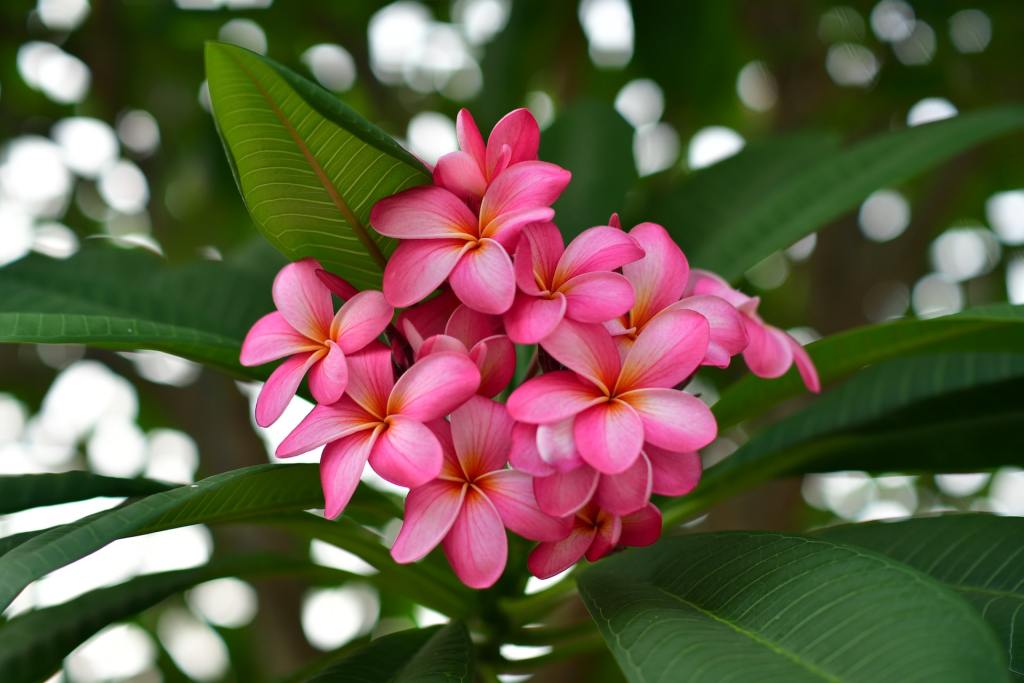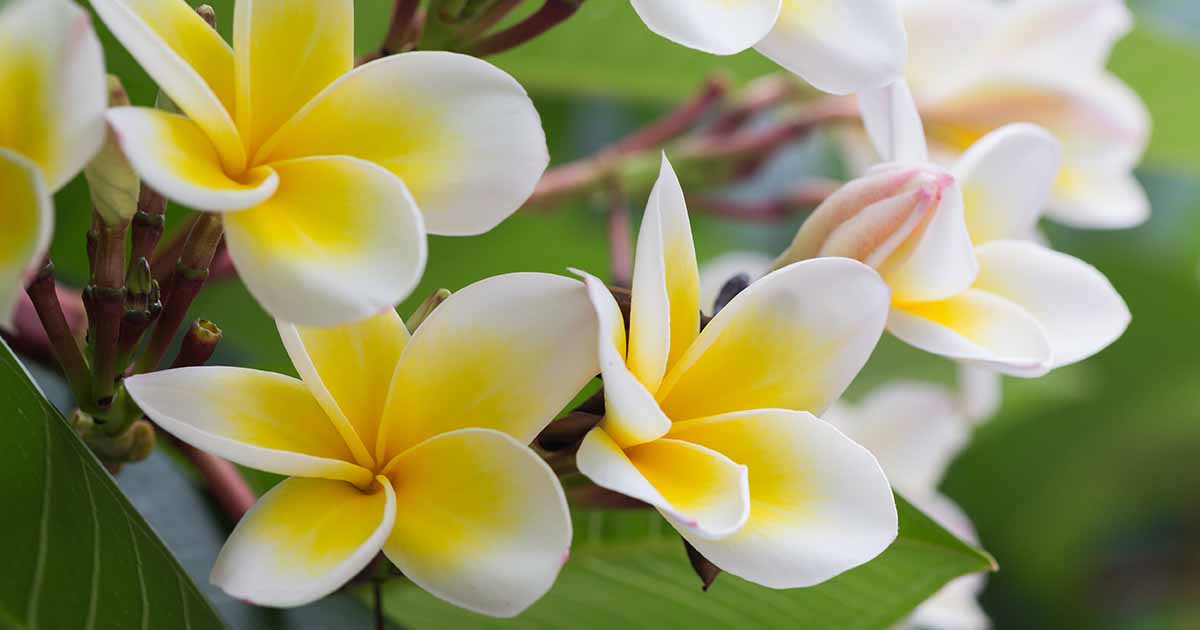Understanding the Basics of Plumeria Care
The plumeria plant, also known as the frangipani, is a popular and iconic tropical plant native to the Caribbean, Central America, and South America. With its stunning flowers and intoxicating fragrance, it’s no wonder why many gardeners and plant enthusiasts want to learn how to care for plumeria plants. Proper care is essential for optimal growth and blooming, and with the right techniques, you can enjoy the beauty and fragrance of your plumeria plant for years to come. In this article, we’ll cover the essential topics you need to know to care for your plumeria plant, from choosing the right environment to troubleshooting common problems.
Plumeria plants are relatively low-maintenance, but they do require some specific care to thrive. By understanding the basics of plumeria care, you’ll be able to provide your plant with the right conditions to grow and bloom. Whether you’re a seasoned gardener or a beginner, learning how to care for plumeria plants is a rewarding experience that will bring joy and beauty to your outdoor or indoor space.
Choosing the Right Environment for Your Plumeria
When it comes to growing a thriving plumeria tree, choosing the right environment is crucial. Plumeria plants prefer warm temperatures, high humidity, and plenty of sunlight. Ideally, they should be grown in temperatures between 65°F to 90°F (18°C to 32°C), with average humidity levels of 50-70%. In terms of light, plumeria plants require full sun to partial shade, depending on the climate.
To replicate these conditions indoors, you can place your plumeria plant near a sunny window or use grow lights to supplement the natural light. If you live in a cooler climate, you can also use a greenhouse or a sunroom to provide the necessary warmth and humidity. Outdoors, choose a location that receives full sun to partial shade, depending on the climate, and ensure good air circulation to prevent fungal diseases.
It’s also important to note that plumeria plants are sensitive to extreme temperatures, wind, and frost. If you live in an area with harsh winters, it’s best to bring your plumeria plant indoors or protect it with a frost blanket to prevent damage. By providing the right environment, you’ll be able to promote healthy growth and blooming in your plumeria plant.
Watering Your Plumeria: The Key to Healthy Growth
Watering is a crucial aspect of plumeria care, and it’s essential to get it right to promote healthy growth and blooming. Overwatering is a common mistake that can lead to root rot and other problems, while underwatering can cause stress and reduce blooming. So, how do you know when to water your plumeria plant?
The best way to determine when to water your plumeria plant is to check the soil moisture. Stick your finger into the soil up to the first knuckle, and if the soil feels dry, it’s time to water. If the soil feels moist, wait another day or two before checking again. It’s also important to water your plumeria plant at the right time of day. Watering in the morning allows the plant to absorb the water throughout the day, while watering in the evening can encourage fungal growth.
When watering your plumeria plant, make sure to water thoroughly. Water should flow out of the bottom of the pot, indicating that the soil is fully saturated. However, avoid getting water on the leaves or crown of the plant, as this can cause rot and other problems. Instead, water at the soil level, allowing the plant to absorb the water through the roots.
By following these watering tips, you’ll be able to provide your plumeria plant with the right amount of moisture to promote healthy growth and blooming. Remember, learning how to care for plumeria plants takes time and practice, but with the right techniques, you’ll be enjoying beautiful blooms in no time.
Fertilizing Your Plumeria for Optimal Blooming
Fertilization is a crucial aspect of plumeria care, as it provides the necessary nutrients for optimal growth and blooming. Plumeria plants are heavy feeders and require a balanced fertilizer that is high in phosphorus to promote blooming. A good quality fertilizer with a ratio of 10-20-10 (nitrogen-phosphorus-potassium) is ideal for plumeria plants.
When it comes to fertilizing your plumeria plant, timing is everything. Fertilize your plumeria plant during the growing season, which is typically from spring to fall. Apply the fertilizer once a month, following the manufacturer’s instructions. It’s also important to note that overfertilization can be detrimental to your plumeria plant, so make sure to follow the recommended application schedule.
In addition to using a balanced fertilizer, you can also use a bloom booster to promote more blooms. A bloom booster is a type of fertilizer that is high in phosphorus and is specifically designed to promote blooming. Apply the bloom booster according to the manufacturer’s instructions, and you should start to see more blooms on your plumeria plant.
By fertilizing your plumeria plant regularly, you’ll be able to promote healthy growth and blooming. Remember, learning how to care for plumeria plants takes time and practice, but with the right techniques, you’ll be enjoying beautiful blooms in no time.
Pruning and Training Your Plumeria for Maximum Beauty
Pruning and training are essential techniques for maintaining the health and beauty of your plumeria plant. Pruning helps to control the size and shape of the plant, promotes healthy growth, and encourages blooming. Training, on the other hand, helps to develop a strong and sturdy stem, which is essential for supporting the weight of the plant’s flowers and foliage.
To prune your plumeria plant, start by removing any dead or damaged branches. This will help to prevent the spread of disease and encourage healthy growth. Next, cut back any overgrown branches to maintain the desired shape and size of the plant. Make sure to use clean and sharp pruning tools to prevent spreading disease and to promote healthy healing.
Training your plumeria plant involves providing support for the stem and branches. You can use stakes or trellises to provide support and help the plant grow upright. You can also use pruning techniques to encourage the plant to grow in a specific direction. For example, you can prune the branches on one side of the plant to encourage it to grow towards the sun.
By pruning and training your plumeria plant regularly, you’ll be able to maintain its health and beauty. Remember to prune and train your plant during the growing season, which is typically from spring to fall. This will help to promote healthy growth and blooming, and will keep your plant looking its best.
Pest and Disease Control: Common Issues and Solutions
Plumeria plants are susceptible to various pests and diseases that can affect their health and beauty. Some common pests that can affect plumeria plants include mealybugs, spider mites, and scale. These pests can cause damage to the plant’s leaves, stems, and flowers, and can also transmit diseases.
To control pests, it’s essential to monitor your plumeria plant regularly and take action at the first sign of infestation. Use insecticidal soap or neem oil to control mealybugs and spider mites, and apply horticultural oil to control scale. It’s also important to maintain good hygiene and remove any infested or damaged leaves or stems.
Root rot is a common disease that can affect plumeria plants, especially if the soil is too wet or if the plant is not receiving enough light. To prevent root rot, make sure to water your plumeria plant properly and avoid overwatering. Also, ensure that the plant is receiving enough light and maintain good air circulation around the plant.
Other diseases that can affect plumeria plants include leaf spot and powdery mildew. These diseases can cause damage to the plant’s leaves and can also affect the plant’s ability to bloom. To control these diseases, use fungicides and maintain good hygiene. Also, ensure that the plant is receiving enough light and maintain good air circulation around the plant.
By monitoring your plumeria plant regularly and taking action at the first sign of pest or disease infestation, you can help prevent common issues and keep your plant healthy and thriving.
Repotting and Propagating Your Plumeria: Tips and Techniques
Repotting and propagating are essential techniques for maintaining the health and beauty of your plumeria plant. Repotting involves transferring the plant to a new pot, while propagating involves creating new plants from cuttings or seeds. Both techniques can help to promote healthy growth, increase blooming, and prevent pests and diseases.
To repot your plumeria plant, choose a pot that is slightly larger than the previous one. Use a well-draining potting mix and gently remove the plant from its old pot. Trim any dead or damaged roots and place the plant in its new pot. Water thoroughly and provide bright, indirect light.
To propagate your plumeria plant, take 6-8 inch cuttings from the tips of the branches. Remove any leaves that will be below the soil line and dip the cut end in rooting hormone. Plant the cutting in a pot filled with a well-draining potting mix and water thoroughly. Provide bright, indirect light and maintain high humidity until roots develop.
Another method of propagation is by seed. Plumeria seeds can be started indoors 6-8 weeks before the last frost date. Sow the seeds in a pot filled with a well-draining potting mix and provide bright, indirect light. Keep the soil moist and maintain high humidity until germination.
By repotting and propagating your plumeria plant, you can help to promote healthy growth, increase blooming, and prevent pests and diseases. Remember to provide bright, indirect light, maintain high humidity, and water thoroughly to ensure the success of your plumeria plant.
Troubleshooting Common Problems with Your Plumeria
Despite proper care, plumeria plants can still experience problems that can affect their health and beauty. Some common issues that can arise when caring for plumeria plants include yellowing leaves, droopy branches, and lack of blooming. In this section, we’ll discuss some common problems and provide troubleshooting tips and solutions to help you address these issues.
Yellowing leaves can be a sign of overwatering, underwatering, or nutrient deficiency. To address this issue, check the soil moisture and adjust your watering schedule accordingly. Also, consider fertilizing your plumeria plant with a balanced fertilizer to provide essential nutrients.
Droopy branches can be a sign of root bound or lack of support. To address this issue, consider repotting your plumeria plant in a larger pot with fresh potting mix. Also, provide support for the branches using stakes or trellises to keep them upright.
Lack of blooming can be a sign of inadequate light, temperature, or fertilization. To address this issue, ensure that your plumeria plant is receiving sufficient light, maintain optimal temperatures, and fertilize regularly with a balanced fertilizer.
By troubleshooting common problems and addressing them promptly, you can help to maintain the health and beauty of your plumeria plant. Remember to monitor your plant regularly and take action at the first sign of any issues to prevent them from becoming more serious problems.






